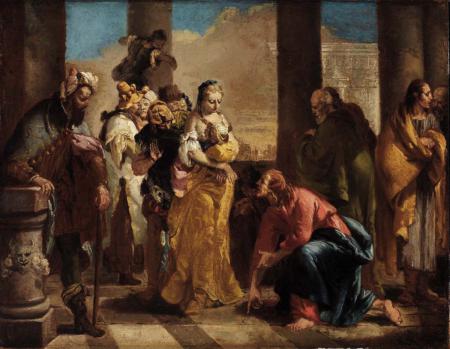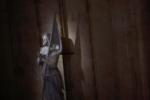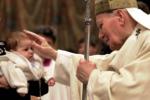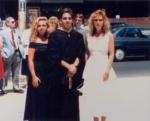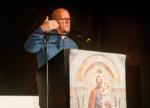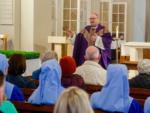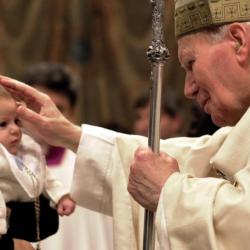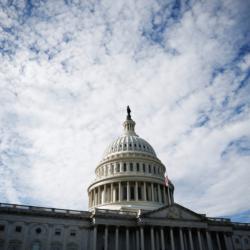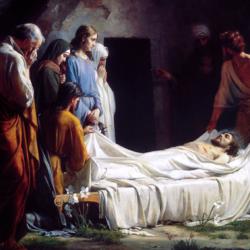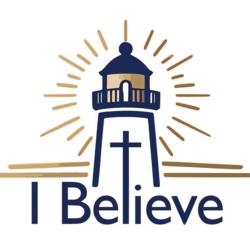Immaculate Conception closes in the South End
SOUTH END -- It was a full house July 29 at the closing Mass of the landmark Immaculate Conception Church, known in recent years as the Jesuit Urban Center.
In April, the Jesuits announced the closing of the church, ending a 146-year presence in the South End. The financial cost of operating the JUC, declining Mass attendance and revenue as well as some serious maintenance problems with the building were cited as reasons for closing the church.
In 1841, Bishop John B. Fitzpatrick invited the Jesuits to come to a growing Archdiocese of Boston. Father John McElroy, SJ, founder of Boston College toured the city looking for a suitable site to erect a church, high school and college. After encountering resistance from city authorities, he settled on a site in the fashionable South End.
Ground was broken for Immaculate Conception Church in 1858. The cornerstone was laid in 1859. The beautiful edifice, built entirely of New Hampshire granite, was dedicated on Oct. 14, 1861 by Bishop Fitzpatrick. With appropriate ceremonies, the church was solemnly consecrated by Archbishop John J. Williams on Aug. 15, 1875.
Immaculate Conception Church was designed by Patrick C. Keely, a prominent Catholic architect of the time whose work also included the nearby Holy Cross Cathedral. Architectural historians who have researched the history of the church believe that the interior was probably influenced by another Boston architect of the time, Arthur Gilman. One of the church’s most attractive features is the 30-foot high windows with light-gray etched glass that fill the church with natural light.
In 1863, Boston College was established at the site and was based on a seven-year program combining high school and college. Father McElroy lived to see his great church go hand-in-hand with a Catholic college educating Irish immigrants during a time of racial and religious intolerance in the city. He died on Oct. 3, 1864. For 50 years, the college and high school shared the same site, twice enlarged and inseparable. In 1913, the college left the South End for a new site at Chestnut Hill in Newton, beginning a new era for Boston College. Boston College High remained. The two institutions were legally separated in 1927. In 1950, Boston College High, having outgrown the South End site, moved to a new location on Columbia Point.
During the time of Cardinal Richard J. Cushing, Immaculate Conception -- never a parish church -- continued to draw immense crowds impressed with its beautiful interior, fine music and fine preaching and retreats conducted by the Jesuits. The centennial of the dedication was commemorated by a Mass of Thanksgiving led by Cardinal Cushing on Dec. 10, 1961. A banquet followed at the Catholic Alumni Sodality Hall.
Urban renewal in the 1960s had an effect on Immaculate Conception Church in an over-churched South End. By the 1980s, the upper church was rarely used. In 1986, the Jesuits began a renovation of the church that offended preservationists and art scholars. A 1987 Boston Landmarks Commission designation of the interior as a city landmark was ruled invalid by a superior court ruling in 1989. In the 1990s the Jesuit Urban Center, as the church came to be called, came alive again with a well-attended Mass on Sunday mornings attracting Catholics from throughout the area. The interior, while not as spectacular as in earlier times, was redesigned with individual chairs arranged around a new sanctuary area.
A steering committee formed this year to investigate a new worshipping site for the Immaculate Conception congregation has recommended that they attend Mass at St. Cecilia Church in the Back Bay. Father John Unni, pastor of St. Cecilia’s addressed the congregation at the closing Mass and encouraged all to join St. Cecilia’s.
